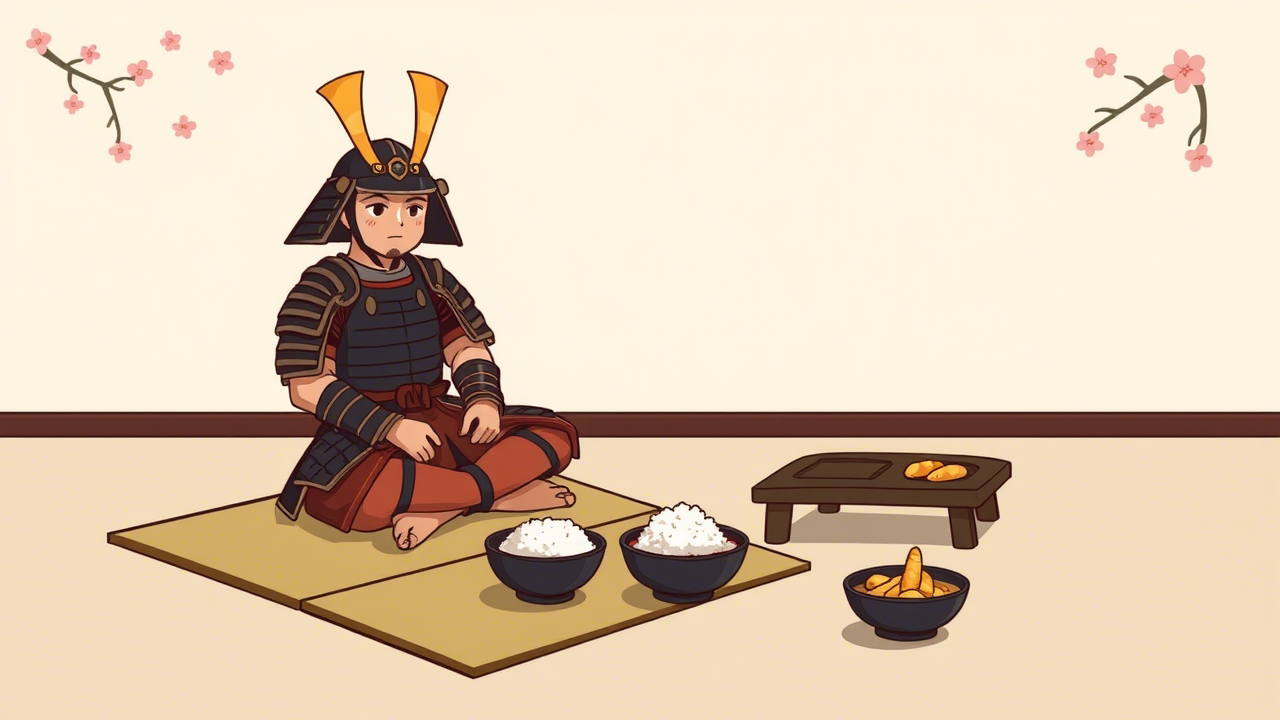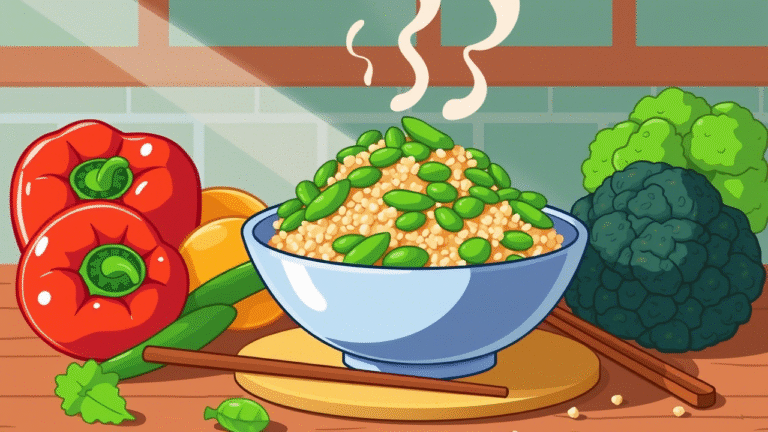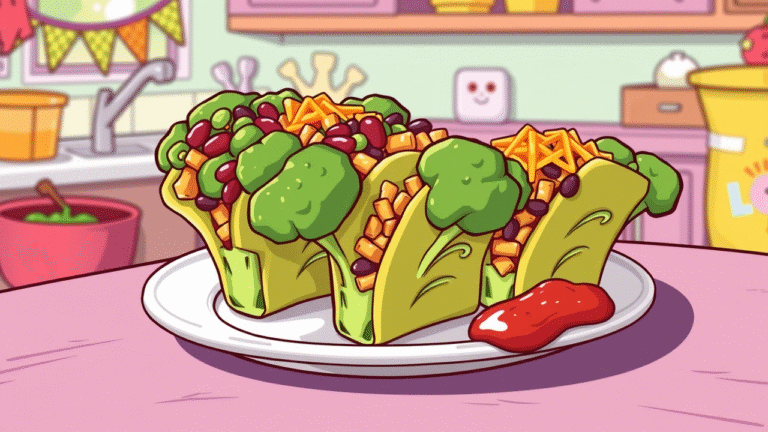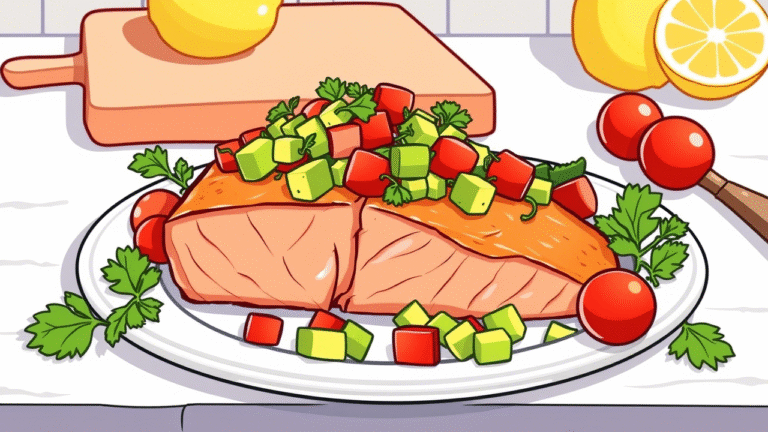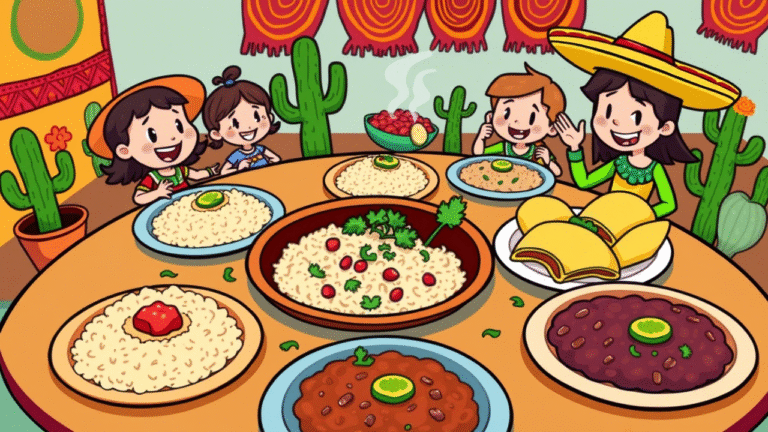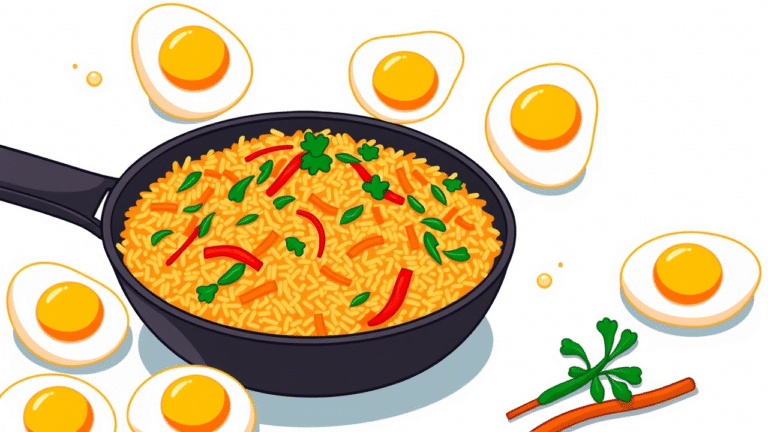Samurai Dinner Secrets: 3 Quick Japanese Warrior Meals
Have you ever wondered what the secret was behind those mythical samurais? They were as disciplined in their diet as in their swordsmanship.
Grounded in the traditional Japanese diet, it revolved around balance — rice for energy, fish and tofu for protein, seasonal vegetables for vitamins.
Here’s the deal: I’ll show you three samurai-influenced meals you can cook tonight. And beyond that, and more important at a time like this, they are simple, wholesome and historic.
Ready to cook like a warrior? Let’s dive in.
Why Should You Care About Samurai Cuisine?
The samurai diet wasn’t just a matter of survival—it was designed for optimal fueling of endurance, mental clarity, and physical strength.
Picture yourself eating foods that are formulated to keep you sharp in battle and steady in life. And that is precisely what these recipes do.
They’re fast, healthy and filled with nutrients.
And, first up, some samurai staple miso soup.
1. Miso Soup with Tofu and Seaweed
Miso soup is a comforting, warm bowl of so much more than comfort. For samurai, it was a daily ritual — a meal that would keep their guts happy and their energy steady.
It’s thick and hearty, and only takes 15 minutes to make.
Ingredients You’ll Need
- Miso paste (the star ingredient)
- Tofu cubes (soft or firm, your choice)
- Wakame seaweed (dried works fine)
- Green onions (for garnish)
- Dashi broth (the base)
Nutritional Value
This soup is a powerhouse. Tofu gives you protein. Miso contributes probiotics for your gut.
Seaweed is rich in iodine and minerals. And, together, they are a nutrient-rich triumvirate.
Cultural Fact
By the period of warring states, miso was prevalent because of the increasing salt production.
Samurai used it for it’s mental focus and physical energy while drinking Bushi Teas.
How to Make It
Begin by dissolving a spoonful of miso paste into hot dashi broth. Add tofu and reconstituted wakame seaweed. Gently heat — do not boil — and sprinkle with green onions. That’s it.
I like how grounding this soup feels. It’s like a hug in a bowl.
2. Onigiri (Rice Balls) with Pickled Plum (Umeboshi)
Onigiri served as the ultimate samurai battlefield snack. They are portable, filling and they are the best food for eating with one hand. Consider them the original power bars.
What’s in It?
- Cooked rice (brown or white)
- Pickled plum (umeboshi)
- Nori seaweed (optional, for wrapping)
Why It’s Great
Rice gives you your carbs. Umeboshi contribute antioxidants and aid digestion.
Nori contributes some minerals like iodine. They’re a balanced bite, in aggregate.
Did You Know?
Onigiri represented readiness, convenience, and and practicality. They had been carried by samurai into battle because they traveled well and could last for days.
My Take
To make them, roll rice into balls or triangles. Stuff umeboshi in or on top. Nori-wrap if you wish. Done.
The tart ume-boshi goes great with the plain rice. It’s simple but satisfying.
3. Nishime (Simmered Vegetables with Fish or Tofu
Nishime is a stewed dish that embodies the samurai philosophy of balance and harmony.
It’s substantial, healthy and a perfect meal for a busy household — or an armory.
Key Ingredients
- Seasonal root vegetables (carrots, daikon, burdock)
- Tofu or small fish (your choice)
- Soy sauce, mirin, and dashi broth (for seasoning)
Health Benefits
This is a nutritional treasure! Root veggies provide fiber. Tofu or fish adds protein. The seasonings add flavor without extra fat. It’s light yet filling.
Fun Fact
Nishime was a meal that brought reassurance to samurai households. The focus on moderation and balance of the Germanic peoples reflected their lifestyle.
How to Cook It
Gently simmer vegetables and your protein of choice in a broth flavored with soy sauce and mirin. Cook until tender. Serve hot.
The flavors meld beautifully. Every bite feels like home.
Summary Table
Here’s a rundown of the dishes we’ve visited so far:
| Dish | Main Ingredients | Prep Time | Serving Size | Key Nutrients | Samurai Fact |
| Miso Soup | Miso, tofu, seaweed, dashi | 15 min | 4 | Protein, probiotics, iodine | Staple for gut health; widespread by Sengoku era |
| Onigiri (Rice Balls) | Rice, pickled plum, nori | 10 min | 2–4 | Carbs, antioxidants, minerals | Portable battlefield meal |
| Nishime (Simmered Veg) | Root vegetables, tofu/fish, soy sauce | 45 min | 4 | Fiber, protein, vitamins | Slow-cooked comfort food emphasizing balance |
Additional Samurai Diet Facts and Stats
Let’s look at one of the reasons the samurai diet was so effective. Here’s what you need to know:
Rice
Rice was the staple of every samurai meal. Ordinary fighters consumed brown rice, which is healthier but less refined.
Polished white rice was luxury food for the elites. Either way, rice was what they needed to train and fight.
Protein Sources
Their main sources of protein were fish, tofu and soy products. Meat was rare because of the Buddhist ban, but some samurai managed to continue eating meat to maintain their strength.
Fermented foods like miso and pickled vegetables were standard, all gut health and all immunity.
Meal Frequency
Samurai generally ate two meals a day. Miso soup was a staple of breakfast, and tofu or fried tofu might make an appearance at lunch.
Dinner was heavier, with nishime or grilled fish on hand.
Battlefield Food
(Soldiers) maintain lent dried rice (hoshi-ii) also onigiri was easy to carry for long campaigns.
They were light, easy to carry and could be rehydrated as necessary. These portable dishes kept samurai warriors powered through battle.
Final Thoughts
These 3 dishes also illustrate the samurai way of life as bearing discipline, harmony and nourishment.
They’re quite simple to prepare, healthy and steeped in tradition.
Try one tonight — you’ll feel like a warrior.

I’m Kai, a fitness fiend and wellness geek from Vancouver. I love helping people find small, sustainable ways to feel better every day. From workouts, to good mental health, to smoothie recipes, I keep it real. Perfection is not my thing — progress is. When I’m not at the gym, I’m likely to be hiking or sampling a new meditation app

